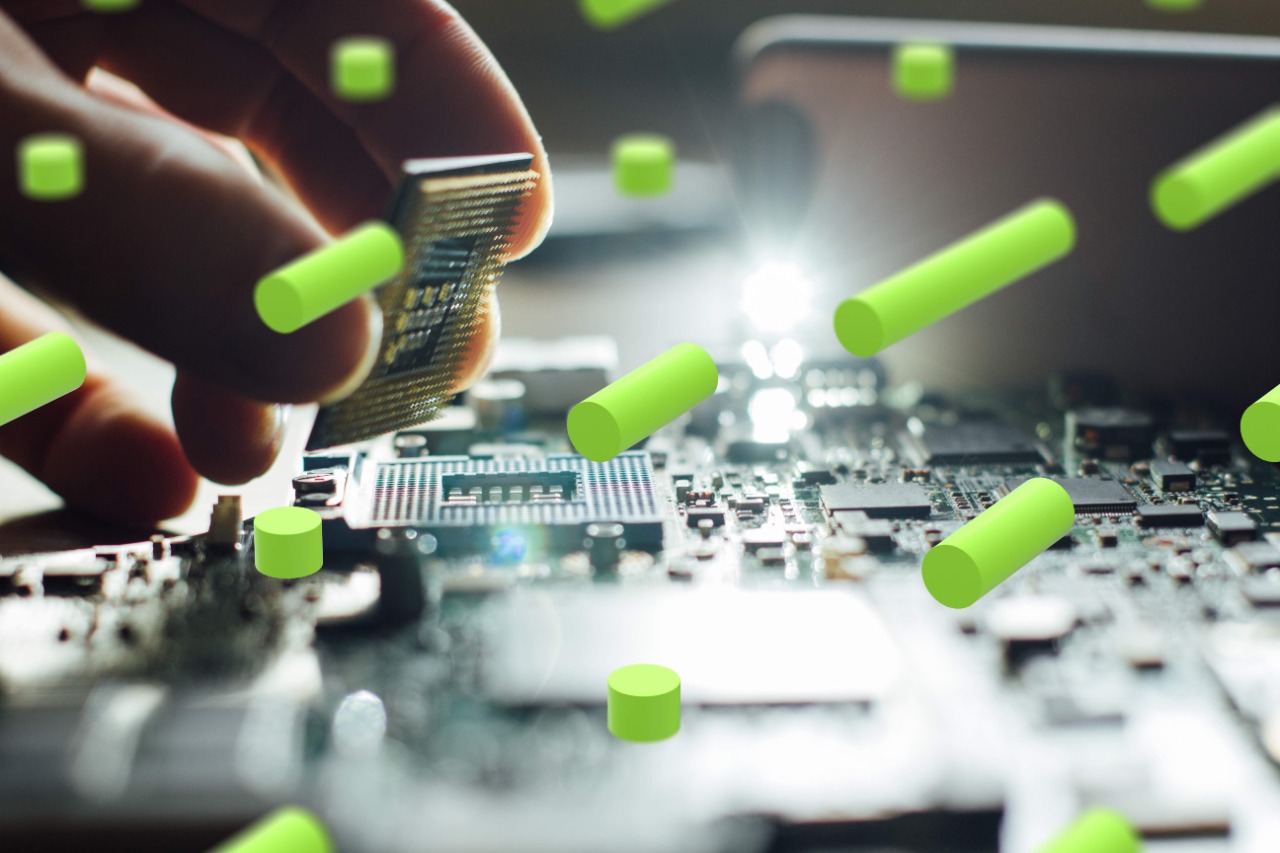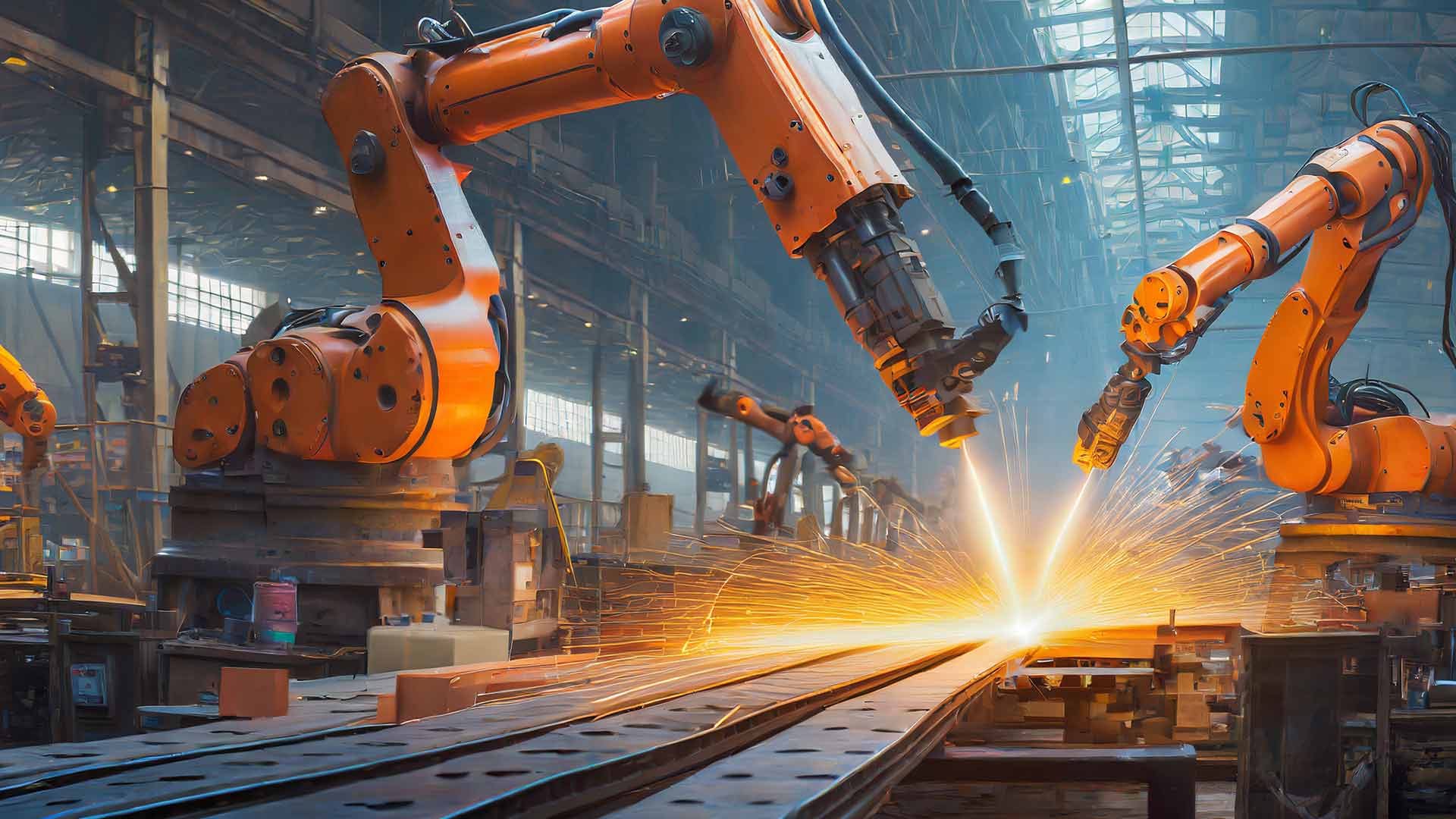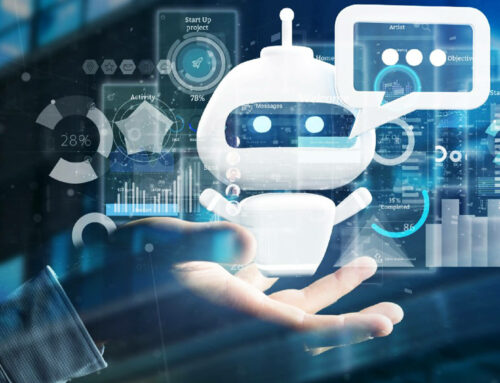Have you ever wondered how safe drones, delivery robots, and autonomous cars are as they roam our streets and skies? Autonomous AI systems are an exciting leap into the future, but they also raise important questions about safety, regulations, and how they handle unexpected situations. Let’s dive into these topics one by one and see what experts have to say.

What Are Autonomous AI Systems?
Have you ever seen self-driving cars or robots performing tasks on their own and wondered how they work? These are examples of autonomous AI systems. In simple terms, autonomous artificial intelligence refers to machines or systems that can make decisions and perform tasks without human intervention. Using technologies like machine learning, deep learning, and reinforcement learning, these systems gain autonomy to automate complex processes. Whether it’s drones, delivery robots, or autonomous vehicles, these systems rely on advanced artificial intelligence systems and algorithms to navigate and respond to their environment.
The magic of autonomous AI lies in its ability to learn and improve over time. For instance, self-driving cars analyze road conditions using analytics and robotics to make driving decisions safely. These fully autonomous systems are designed to adapt and function seamlessly, even in unpredictable scenarios. From automation in industries to enhancing everyday convenience, autonomous artificial intelligence is reshaping how we interact with technology. Doesn’t it make you curious about how this technology will evolve in the future?
How Safe Are Autonomous AI Systems, Such as Drones and Delivery Robots, in Public Spaces?
Autonomous AI systems have come a long way with the help of advanced AI, sensor technologies, and machine learning. They’re designed to navigate safely, detect obstacles, and adapt to changes in the environment. But are they really safe?
Here’s what Areej Shaikh, a professional content writer and the founder of Music City Detox, has to say:
“With the use of sophisticated AI, sensor technologies, and machine learning, autonomous systems have significantly improved safety. These systems are made to follow preprogrammed courses, detect and avoid obstacles, and recognize changes in the environment.
Unexpected events like erratic human behavior, severe weather, or cyberattacks, however, can affect safety. Redundancy measures (such as backup sensors and emergency stop functionalities) are necessary to guarantee failsafe operations and reduce these dangers.
AI systems can be further improved to take edge cases into account by routine testing in simulations and real-world scenarios, increasing their resilience in public contexts.”
Similarly, George Silagadze, Co-founder & CEO of Photo2Painting, highlights the importance of thorough testing:
“At Photo2Painting.com, we understand the importance of safety, especially when integrating new technology into everyday life. Autonomous AI systems, such as drones and delivery robots, can be safe if tested thoroughly in public spaces. However, challenges like unexpected human behavior and crowded environments still pose risks. The key is implementing layers of safety technology, such as advanced object detection and adaptive navigation systems.
We rely on rigorous testing in controlled environments before deploying in public spaces, ensuring the systems can handle dynamic situations.”
So, while these systems are improving every day, thorough testing and safety measures are essential to make them safer in real-world conditions.
What Policies Are Needed to Regulate the Deployment of Autonomous Systems?
Regulations play a critical role in ensuring that autonomous systems operate responsibly. Clear policies can address safety concerns and build public trust in these technologies.
According to Areej Shaikh:
“For autonomous systems to be deployed responsibly, clear and thorough policies are essential. These ought to consist of:
- Certification Standards: Before being deployed, autonomous systems must pass stringent testing and certification to guarantee they adhere to functional, ethical, and safety requirements.
- Liability Frameworks: Accountability in the event of mishaps or malfunctions with autonomous AI systems should be clearly defined by guidelines.
- Data Privacy Protections: To protect people’s privacy, policies must control how AI systems receive, store, and distribute data collected in public areas.
- Geofencing and Permits: Drones and robots should be restricted to approved zones, with permits required for deployment in sensitive areas.”
George Silagadze also emphasizes balanced regulations:
“At Photo2Painting.com, we believe that a balance of innovation and responsibility is critical. For autonomous systems, clear regulations are essential to ensure public safety and confidence.
Policies should focus on mandatory testing phases, data privacy protections, and liability clauses in case of accidents. We also believe in transparency around how decisions are made by AI, which helps build trust with users. Having a regulatory framework in place from the beginning ensures these technologies are safe, effective, and ready for widespread use.”
With well-designed policies, governments can ensure public safety while encouraging innovation in this exciting field.
How Can AI Manage Unforeseen Failures in Autonomous Vehicles?
Despite their intelligence, autonomous systems can face unexpected challenges like equipment malfunctions, unpredictable weather, or even cyberattacks. How do they manage such failures?
Areej Shaikh suggests real-time monitoring and learning:
“Real-time data processing is essential for AI systems to identify and react to irregularities. Autonomous cars should be equipped with pre-programmed procedures for unexpected malfunctions, such as safely stopping operations or switching to manual control if human intervention is feasible.
Live oversight is possible with cloud-based monitoring systems, enabling operators to take remote action in an emergency.
By learning from past mistakes and modifying algorithms to better handle similar situations in the future, machine learning can also assist AI systems in becoming smarter over time.”
Adding to this, George Silagadze shares practical insights from his company:
“When it comes to unforeseen failures, we at Photo2Painting.com believe that AI must be equipped with robust fallback systems. Autonomous vehicles need layers of redundancy—backup systems that kick in when a failure occurs, much like how we ensure data integrity for our clients’ digital artwork.
In case of an emergency, AI should be able to take quick, adaptive actions, like stopping or rerouting, and ensure the safety of passengers and pedestrians. Real-time monitoring and predictive AI help identify potential failures before they happen, much like how we optimize our systems to prevent issues before they affect our customers.”
Robust fallback mechanisms, combined with learning from past errors, are key to making autonomous systems more reliable.

Global Benefits of Autonomous AI Systems
Have you ever thought about how autonomous AI systems can change the world for the better? From healthcare to transportation, autonomous AI is making its mark globally. By using machine learning, these systems are able to solve real-world problems and tackle challenges that have been difficult for humans alone. Autonomous artificial intelligence applications are helping industries like healthcare by diagnosing diseases or creating more efficient treatment plans. AI algorithms are improving decision-making in various sectors, making processes quicker and more accurate.
In transportation, fully autonomous vehicles are becoming a reality, reducing traffic accidents and ensuring safer roads. Moreover, smart home devices are becoming more intelligent, learning from our preferences and improving our day-to-day lives. As systems operate independently, they make life easier for individuals and businesses alike. The use of technology in areas like computer systems and AI vs traditional methods shows just how powerful autonomous AI can be. Imagine a future where systems like these perform tasks without human intervention, transforming industries and making our world more efficient!


